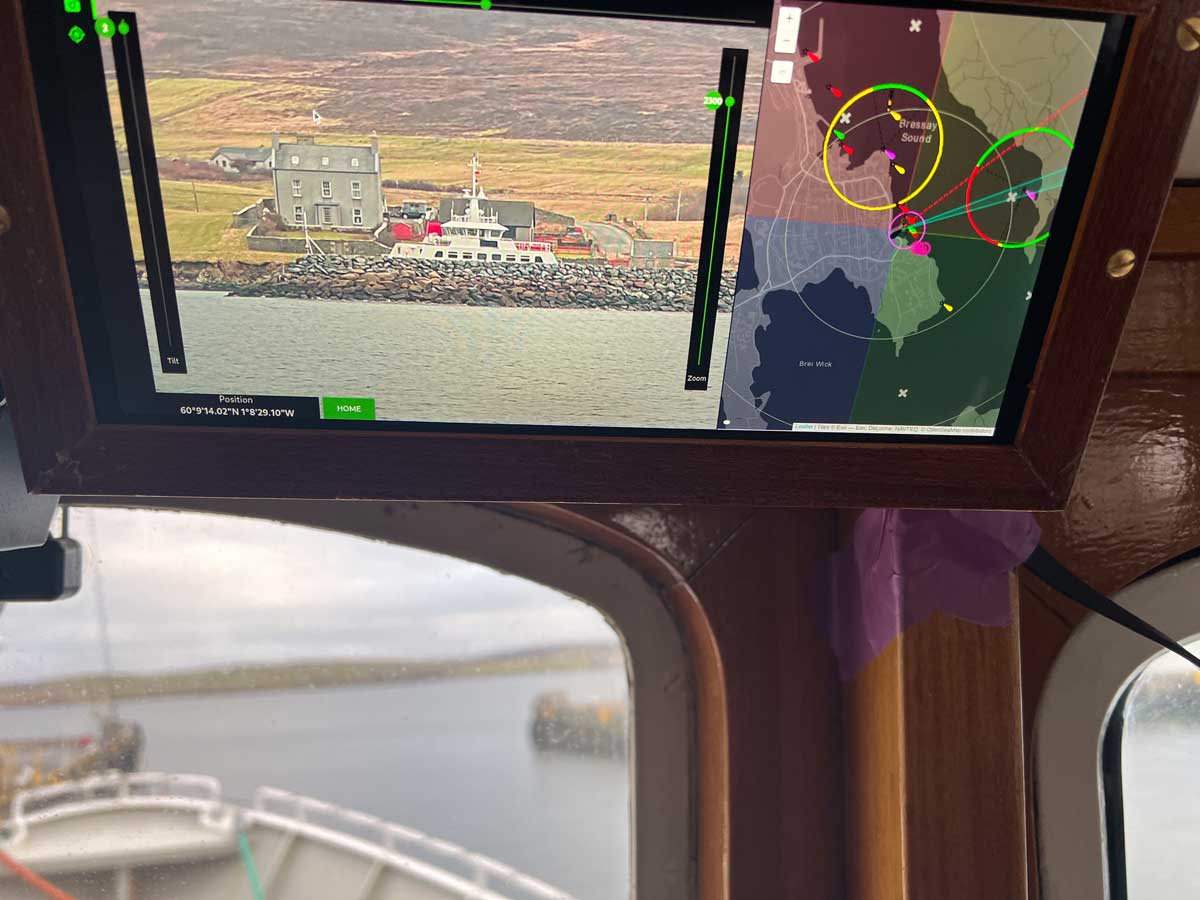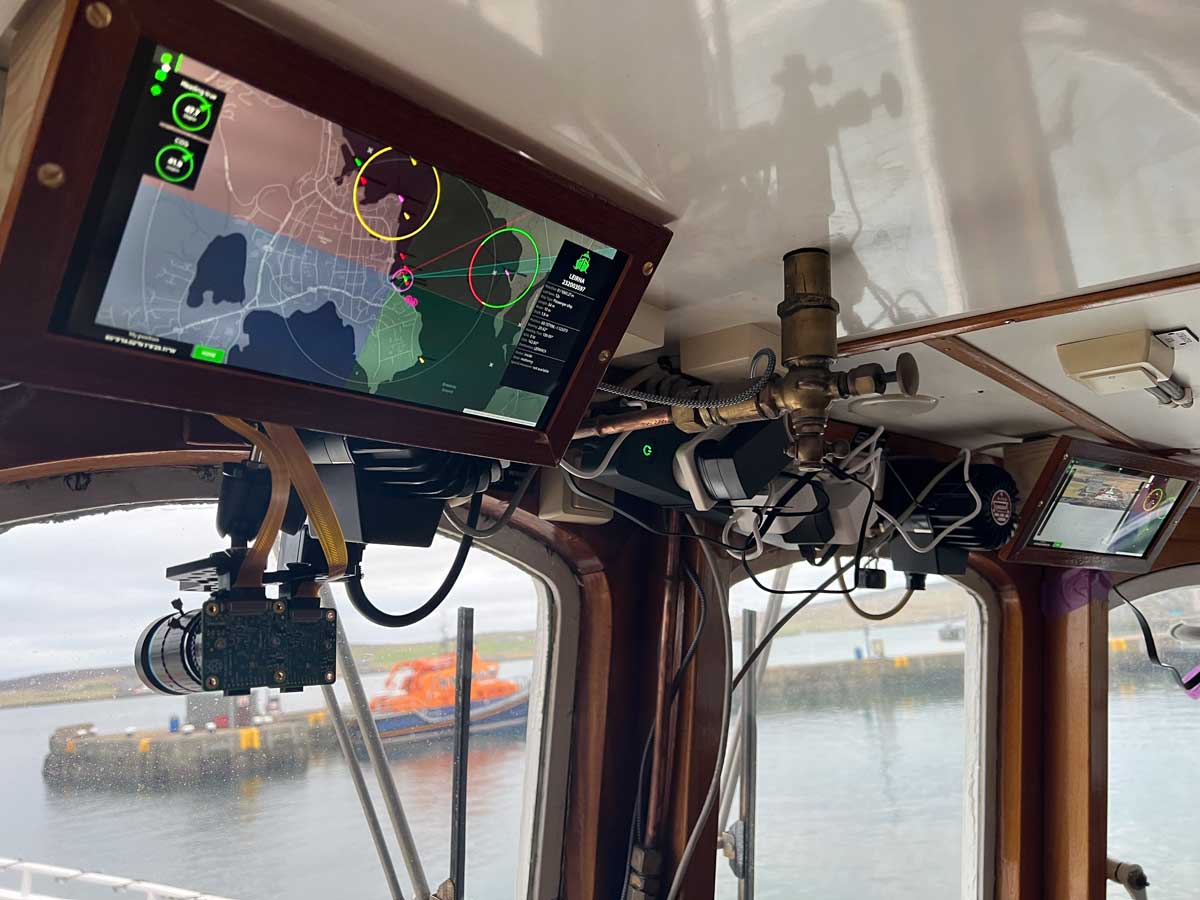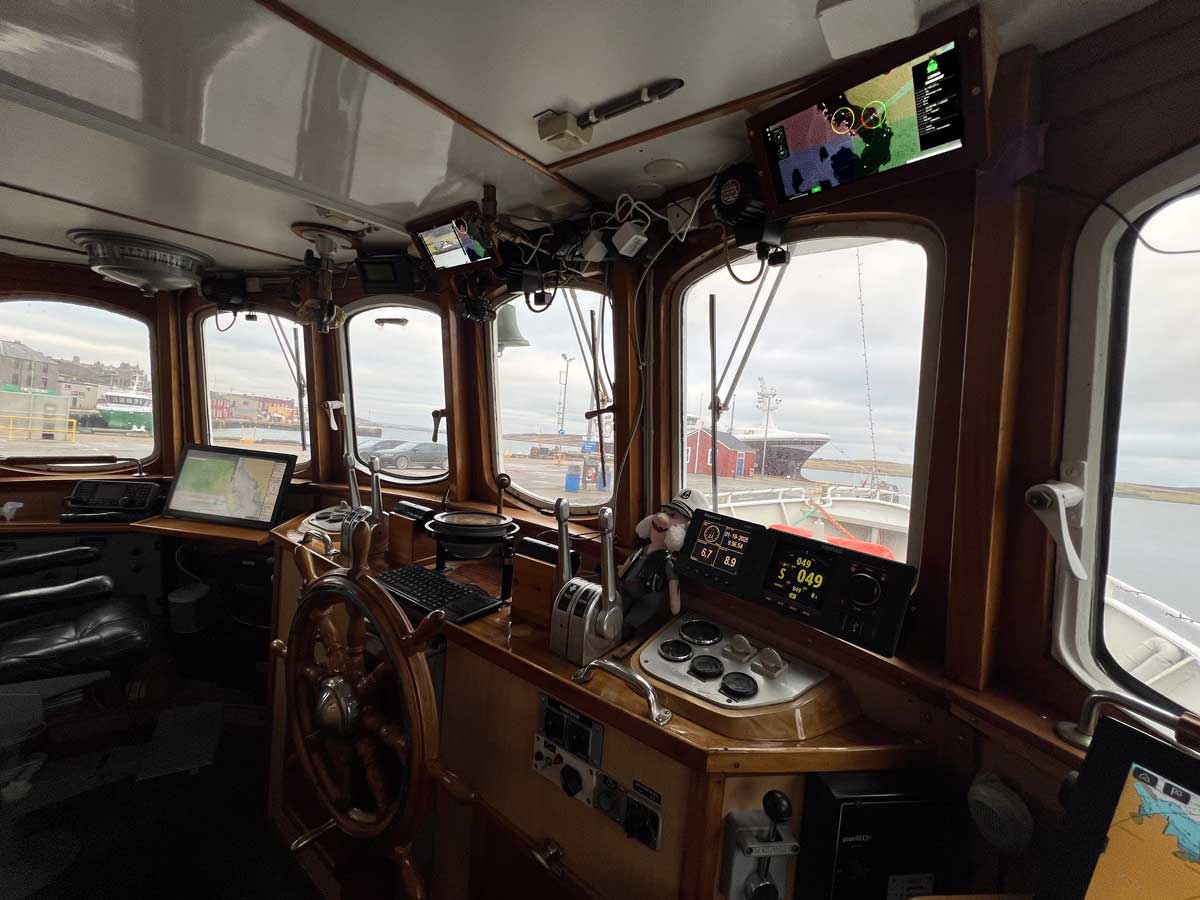December 12, 2024
AI assisted navigation

Introduction
This initiative is not merely a product; it serves as a comprehensive development platform for advancing AI and automation technologies in conjunction with cameras and sensors. The features we develop on this platform are specifically optimized to operate seamlessly on our AI dongle.
The MV Jorgen Amundsen acts as our dynamic development sandbox, allowing us to interact with a diverse array of sensors and cameras. This environment enables us to interpret data and trigger a range of responses, including warnings, alarms, risk analytics reports, and automation workflows.
Our development pipeline includes plans to create standardized AI models and plugins tailored for our AI dongle. These features will be designed to integrate effortlessly into your existing monitoring network, thereby enabling a broad spectrum of intelligent services.
Interesting Problems to Solve
let's explore how an artificial intelligent Ship Assistant could enhance and assist in navigation, safety and smooth operation of the vessel.
Floating objects, icebergs, and lost containers
Icebergs, lost containers, and fishing creel markers/buoys pose significant dangers, especially when ropes can get stuck in the propeller. Detecting these objects and providing clear warnings is crucial for safe navigation. High-quality cameras with AI analytics can recognize the bright colors of buoys and continuously monitor for potential hazards.
We are exploring the integration of thermal imaging and lidar to further detect dangers lurking on the surface
Man overboard
Spotting a man overboard is an urgent matter. The quicker areas can be scanned, or the larger the area of search that can be covered, the more lives can be saved.
We are investigating the use of thermal imaging to sweep for heat signals and developing a specific man overboard mode for the assistant to enhance search and rescue operations.
Alarm for dangers
While there are already existing alarms for collision courses, such as radar and AIS targets, enhancing the intelligence of these systems increases the possibility of operating safely.
We aim to have the ship assistant suggest approaches to observed dangers, enhancing decision-making and safety.
Sandbox Status





At this stage, we have successfully implemented a comprehensive test setup that fully integrates with all the vessel's sensors, including AIS, environmental sensors, and GPS navigation. Our onboard geo-database and geoserver are equipped to manage geographic data to be analyzed and presented on the map, such as the locations of shipwrecks, buoys, lighthouses, and other points of interest. The onboard network is fully equipped with the necessary resources to begin training the onboard assistant for intelligent interactions. However, our immediate focus is on establishing foundational rules and ensuring that all systems operate as expected
Currently, the onboard ship assistant operates using a combination of a full server rack and powerful workstation PCs.
Two high-resolution touchscreens have been installed to display visual information. Two AI dongles are implemented as test stations to verify new features can run seamlessly, Joystick controllers, switches and buttons are available to for quick interaction and manual control for sensors and camera movements.
Special provided components for testing
Mobotix Advanced Camera Systems We are thrilled to collaborate with Mobotix, who have generously provided us with one of their state-of-the-art pan, tilt, 31x zoom cameras (MOBOTIX MOVE 4K SpeedDome Lidar autofocus). These cameras are pivotal in our efforts to make the vessel's navigation systems more map and object-aware within the geospatial domain.
Our AI-dongle Our self produced AI dongle: A powerful cost-efficient industrial grade plug and play network device allowing implementation of AI analysis into monitoring systems.
Stay tuned for updates and insights as we continue to develop and enhance the capabilities of the MV Jorgen Amundsen. Your support and interest are invaluable as we navigate the future of maritime exploration.
